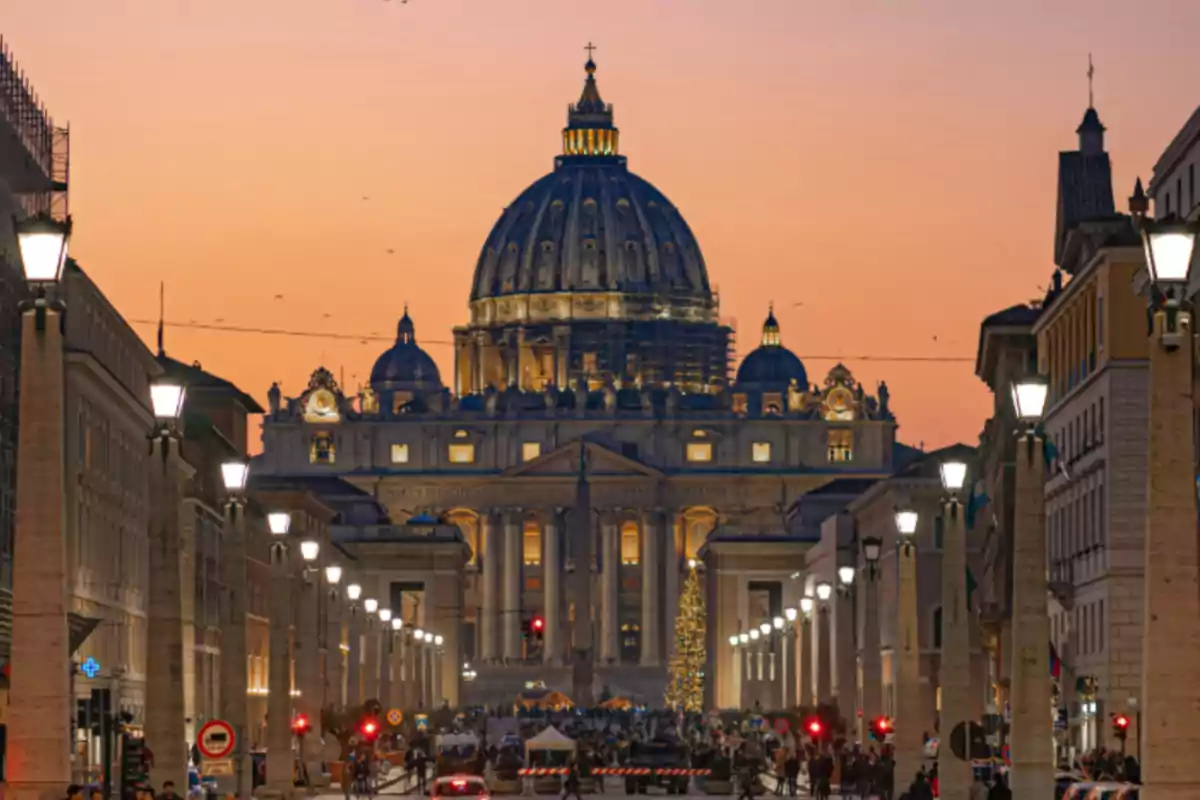
The conclave after Francisco's death: how the new Pope is chosen
The Vatican begins the historic process that will define the successor of a pontiff who transformed the Church
Pope Francis surprised thousands on Sunday, April 6, shortly before his death, by appearing in St. Peter's Square. It was his first public appearance since March, after weeks of hospitalization and a prolonged absence since January.
In a wheelchair and with a faint voice, he greeted the gathered faithful with a warm "Grazie a tutti!" He was accompanied by his personal nurse, Massimiliano Strappetti. The image of the pontiff with oxygen cannulas reinforced the perception of his fragile state.
During his hospitalization, the Holy See released detailed reports twice a day, assuring that, despite everything, the pope remained in charge. In his homily, which was read by Archbishop Rino Fisichella, he defended the value of the sick and criticized the abandonment of the most vulnerable.
An imminent conclave after an expected death
Hours after the urbi et orbi blessing on Easter Sunday, Francis passed away at the age of 88. His physical deterioration and his awareness of the end had even led him to reform the papal funeral rites.

Francis's will be the third conclave of the 21st century, after those of 2005 and 2013. It takes place in a Vatican profoundly transformed by him: simplified hierarchies, rotating positions, openness to laypeople and women, and a clear intention to eliminate bureaucratism.
The Argentine pope did not want to perpetuate power, but to leave more horizontal and transparent structures. His style marked a cultural change. Among his last appointments, the appointment of the nun Simona Brambilla to head a dicastery stood out, a position historically held only by cardinals.
How a pope is chosen: the secret behind the conclave
When the apostolic see becomes vacant, the College of Cardinals takes control. Its dean convenes the conclave, attended only by cardinals under 80 years old. This time, more than 250 cardinals will gather, of whom 149 were appointed by Francis.
The process has two phases.The first is the pre-conclave, where the cardinals hold preparatory meetings. During these days, they discuss the main problems of the Church and define the ideal profile of the new pontiff.
In the second phase, all voting cardinals are locked "with a key," following the etymology of the word conclave (cum clave).No one can leave until there is an election, which requires a two-thirds majority.
From Bergoglio to pope: an unexpected journey
Francis, then Jorge Mario Bergoglio, arrived at the 2013 conclave without expectations. Recently retired as archbishop, at 76 years old and with health problems, he had bought a return ticket to Argentina before Holy Week.
However, after five votes, he was elected pope. His election was the result of an emerging consensus after the pre-conclave debates, where his figure stood out as a renewal option.
This method has shown that no ecclesiastical faction can impose a candidate alone. A consensus profile is required, one that fits the challenges and desires of the global Church.
A pope who traveled to the world's peripheries
Although he was not as much of a traveler as John Paul II, Francis visited countries with low Catholic presence and serious conflicts. In 2017, for example, he traveled to Myanmar and Bangladesh to denounce the persecution against the Rohingya.
His papacy was marked by messages in favor of nuclear disarmament, social justice, and environmental care. These positions distanced him from more conservative sectors, including the United States.
During his travels, he was approachable, improvised press conferences, and maintained a human and accessible tone, even in the fragility of his final years.
The legacy of a transformative pontiff
Francis dismantled archaic structures and reformed Vatican governance.He reduced privileges, ended perpetual bureaucratic careers, and shifted the clerical focus toward a more open Church.
His last days were more serene than those of John Paul II. Already without strength, he depended on others to speak, but he did not lose the will to communicate. He quoted Benedict XVI when speaking of suffering as an essential part of humanity.
In his final homily, he wrote: "I share the experience of feeling weak, of depending on others... but also of a future in which something new is germinating."
That future is now in the hands of the next pope. The Vatican, shaped by Francis, will face a new chapter under leadership that must live up to a historic transformation.
More posts: